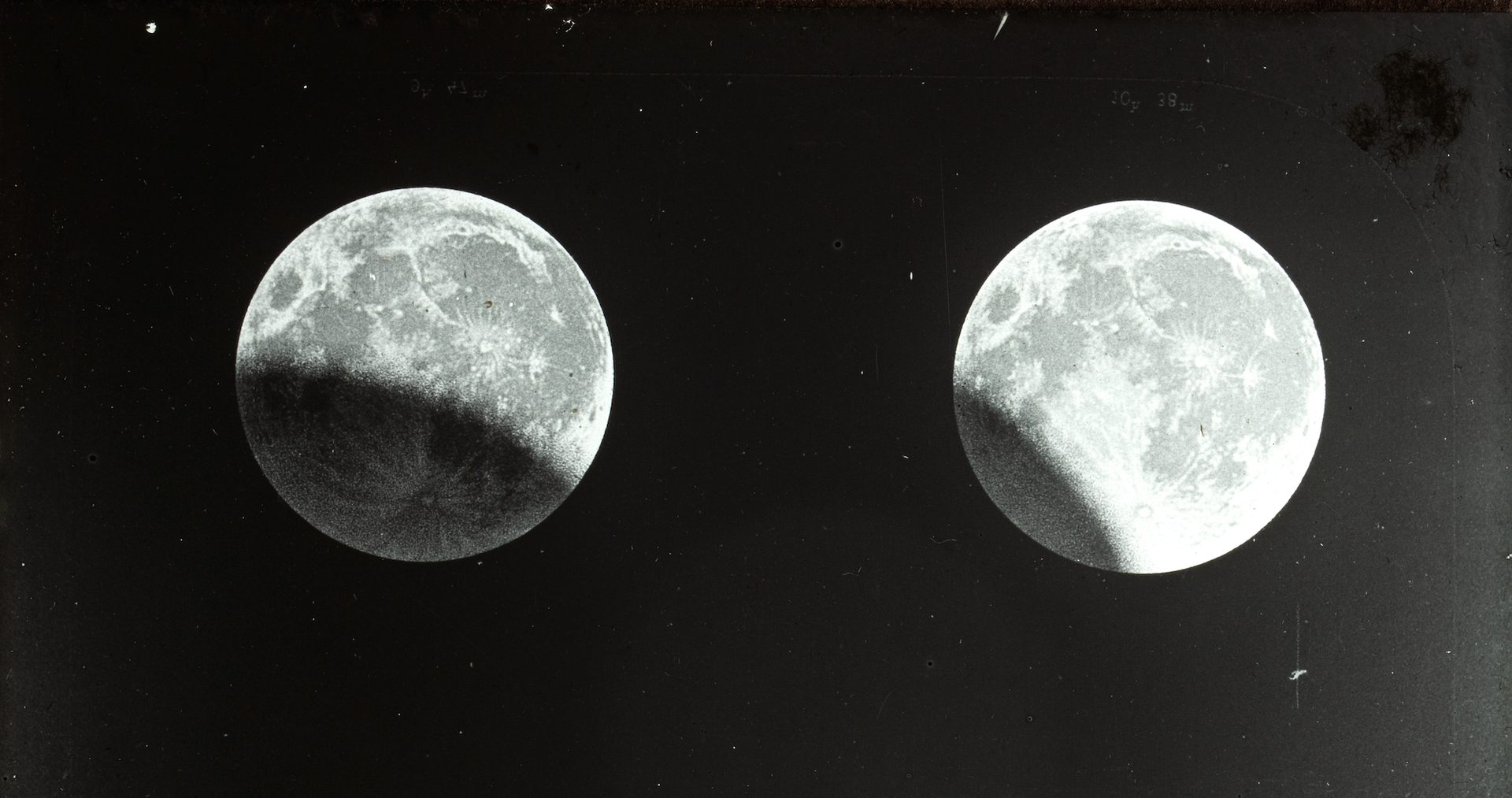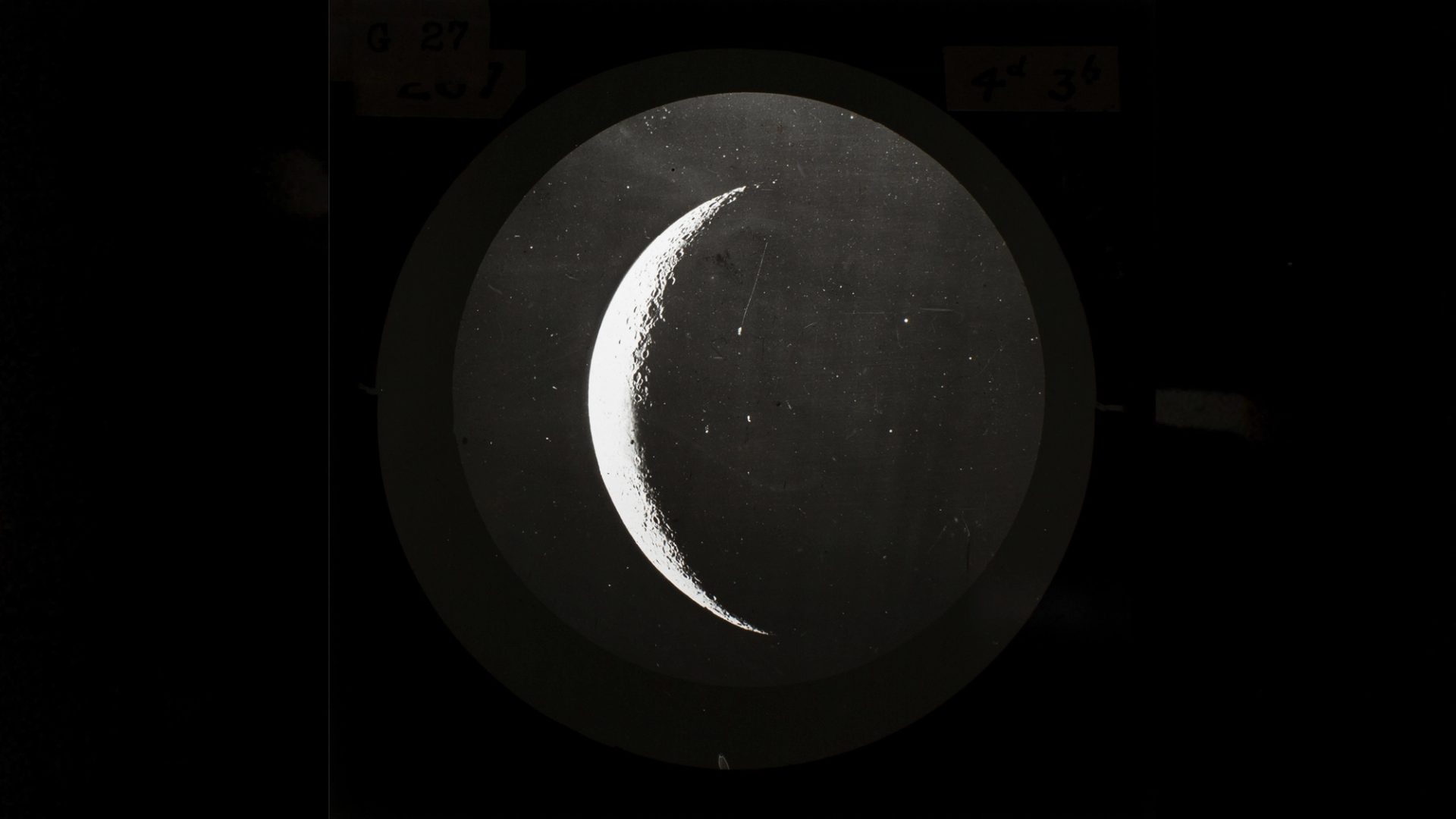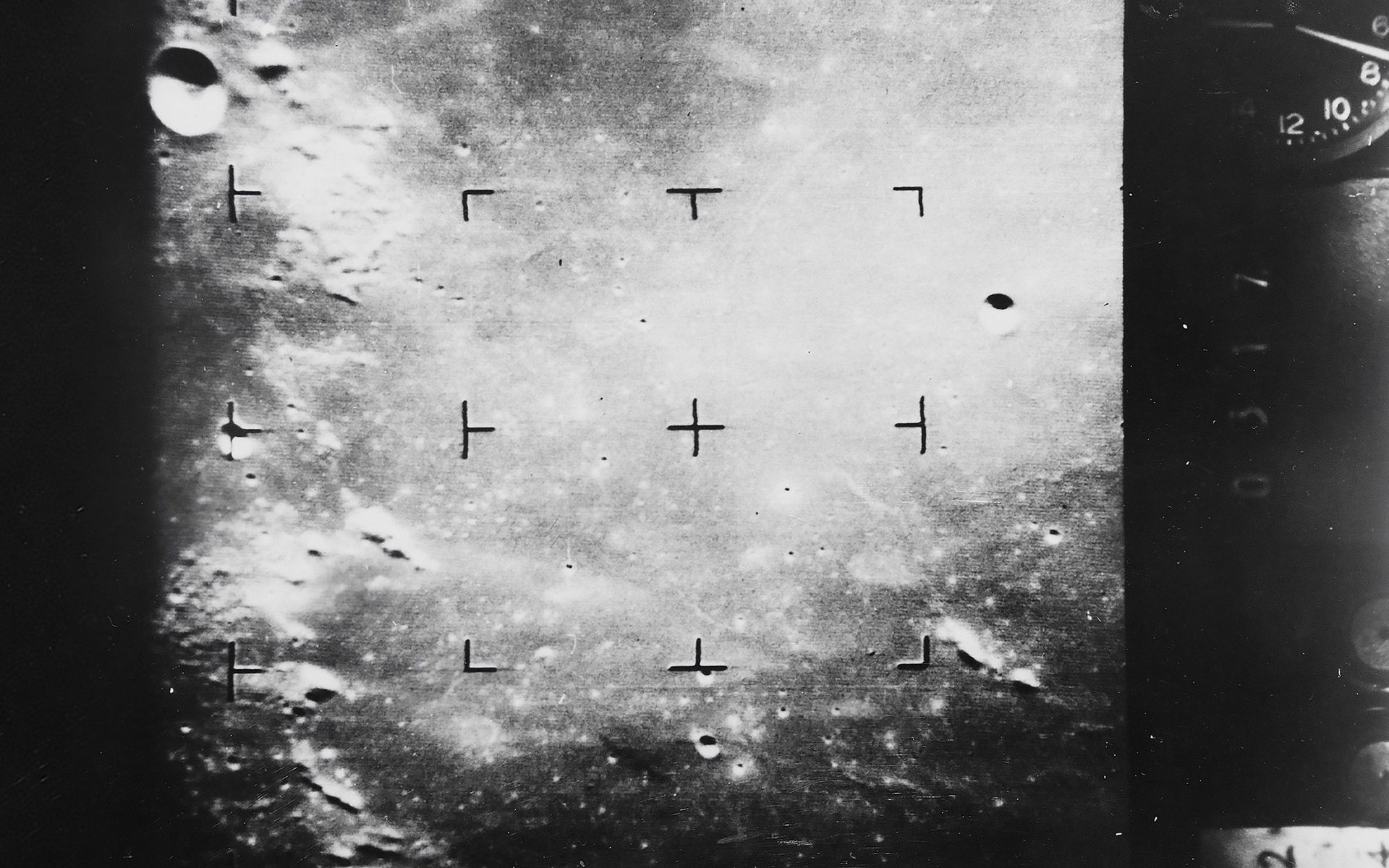Sky Guide June 2024

‘It’s cold outside but arguably the best time of year to enjoy stunning views of the river in the sky, the Milky Way, on a moonless night away from the lights of towns and cities. Join us as we explore the wonders of the southern sky with your guide for this month.’
Moon phases
New Moon Thursday 6 June 10:38pm AEDT
First quarter Friday 14 June 3:18pm AEDT
Full Moon Saturday 22 June 11:08am AEDT
Last quarter Saturday 29 June 7:53am AEDT
Planets
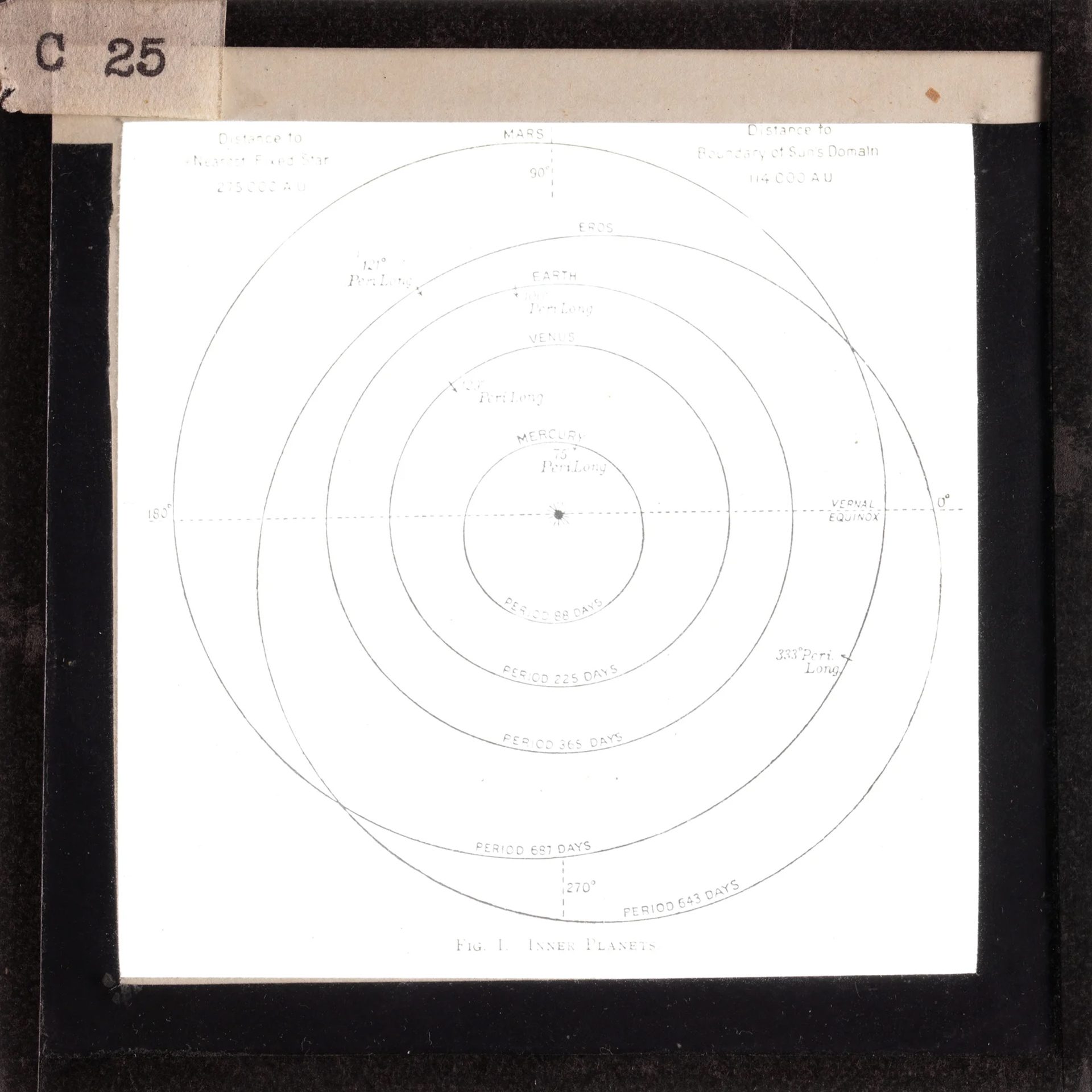
EVENING
Mercury appears low in the north-west in Gemini a few days before the end of the month.
Venus appears low in the north-west, also in Gemini, at the end of the month.
MORNING
Mercury is very low in the north-east in Taurus, but fades into the twilight after a few days. As it does so, it passes less than two Moon-widths from Jupiter.
Mars is in the north-east, moving from Pisces to Aries in the middle of the second week of the month. On 3 June, the crescent Moon is below and to the left or north of Mars.
Jupiter appears low in the north-east late in the first week of the month. On 5 June, a very thin crescent Moon is above and to the left or north of Jupiter.
Saturn is high in the north in Aquarius. On 1 June, the crescent Moon is below and to the right or east of Saturn, while on 28 June the Moon, now gibbous, is again below and to the right or east of the planet.
Constellations
Constellations are groups of stars that represent mythological figures, fanciful beasts or old scientific instruments. Some have been used for millennia as a tool to share significant cultural stories and to track the passage of the weeks and months. Today they also help astronomers mark out portions of the sky and locate astronomical objects. Those listed below have been selected for their visibility in the evening up to two hours after sunset as seen from the southern hemisphere.
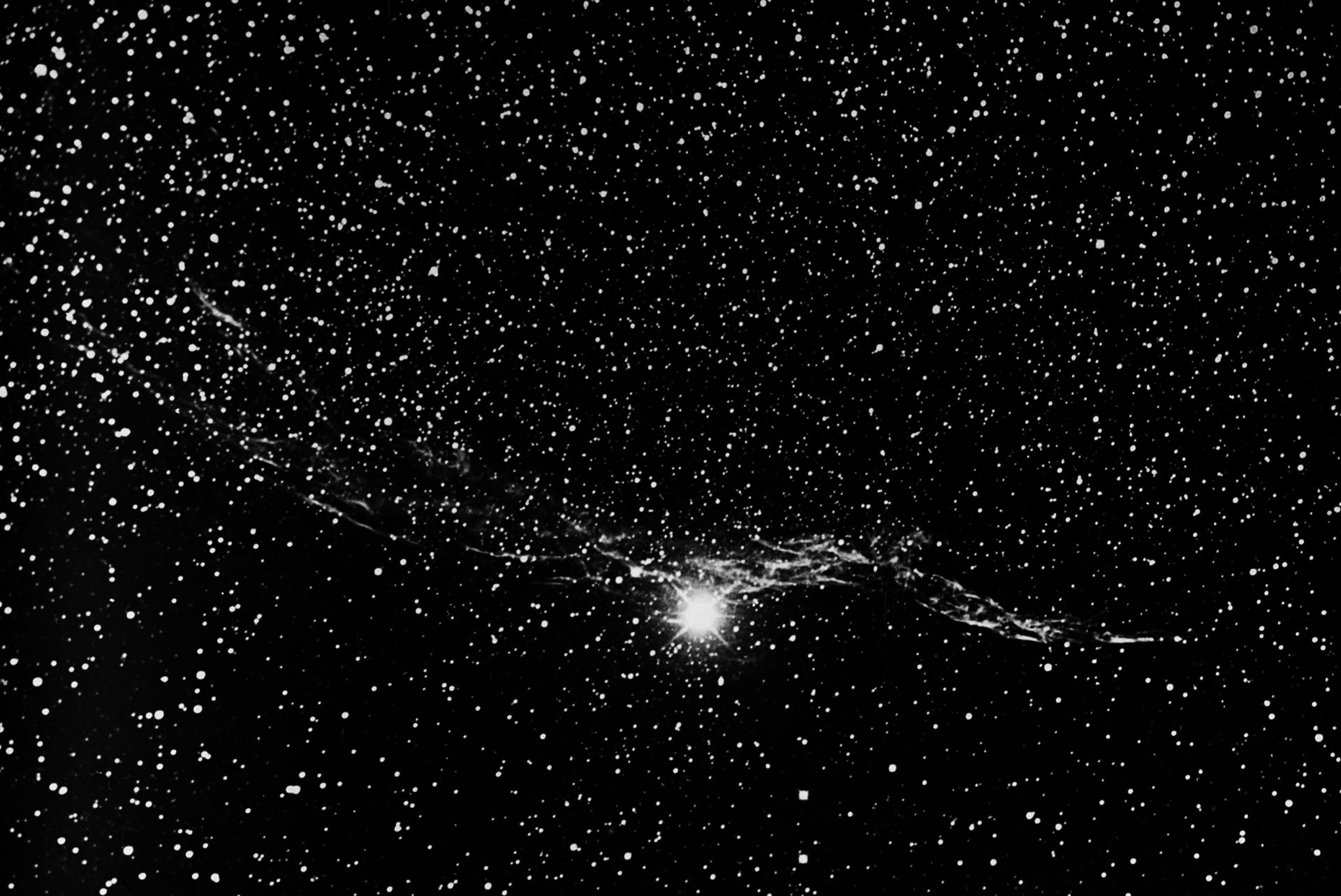
Boötes the herdsman is low in the north May to August and quite unremarkable apart from its star Arcturus, which is the fourth brightest star in the night sky overall and the brightest in the northern sky. Arcturus is only slightly more massive than our Sun, but its advanced evolution has taken it off the Main Sequence to become a bloated giant 25 times bigger and 170 times brighter, which gives it a golden orange hue at about 37 light years.
Carina the keel and the nearby constellations of Vela (the sails) and Puppis (the stern) were part of the huge constellation Argo Navis, which in Greek mythology carried Jason and the Argonauts in search of Aries the Ram’s Golden Fleece. In 1756, Nicolas Louis de Lacaille published his catalogue of the southern stars showing Argo Navis divided into the four constellations we see today. Canopus, the second brightest star in the night sky, can be found in Carina and is a white supergiant star about 313 light years away. It is best seen from February to April high in the south.
Centaurus the half man half horse represents the scholarly Chiron, tutor of many of the Greek gods and heroes including Heracles, Achilles and Jason. Its two brightest stars of Alpha – the closest star system to the Sun and Beta Centauri – make up the front legs of the centaur. When used with Crux, they help find south. It also contains the most spectacular globular cluster of all, Omega Centauri NGC 5139. Centaurus was one of the original 48 constellations as mapped by Ptolemy and originally included Crux before the latter was identified separately in the 17th century CE.
Crux or the Southern Cross is the smallest of all 88 western constellations and consists of four bright stars. Along with the nearby pointers of Alpha and Beta Centauri, Crux can be used to find south. Draw an imaginary line from the top of the cross shape though the bottom and across the sky. Midway between the pointers draw a line perpendicular to the line that joins them. Where these two longer lines intersect is close to the southern celestial pole. From this point drop to the horizon to locate south. This technique works at any time of the night, any time of the year. The superb open cluster NGC 4755 (Jewel Box) appears very close to the second brightest star, Beta Crucis.
Leo the lion looks more like an upside-down question mark when viewed in the Southern Hemisphere than a lion people see in the Northern Hemisphere. Its brightest star Regulus (Little King) is a system of four tightly bound stars at 79 light years. It was once referred to as one of the four Royal Stars, or guardians of the heavens, because of its proximity to the point in the sky that marked the northern Summer Solstice as seen by Persian astronomers approximately 5000 years ago. Precession of the equinoxes has now moved this point to Cancer the crab. It is host to numerous bright galaxies that can be seen through a modest telescope including the Leo Triplet of galaxies M65, M66 and NGC 3628.
Libra has been recognised historically as scales or a part of Scorpius, forming the scorpion’s claws, however the Romans returned it the separate set of scales we are familiar with today. The former association of Libra and Scorpius is reflected in the names of the two brightest stars in Libra: Zubenelgenubi and Zubeneschamali, meaning ‘the southern claw’ and ‘the northern claw’ respectively. Libra is host to the star Gliese 581, the first star identified with an Earth-like exoplanet.
Ophiuchus the serpent bearer is an ancient constellation and one of the original 48 as mapped by Ptolemy. It is said to represent the mythical healer Aesculapius. It sits close to the galactic centre in Sagittarius. It is now the thirteenth zodiac sign with the Sun, Moon and planets passing through it from 30 November to 17 December.
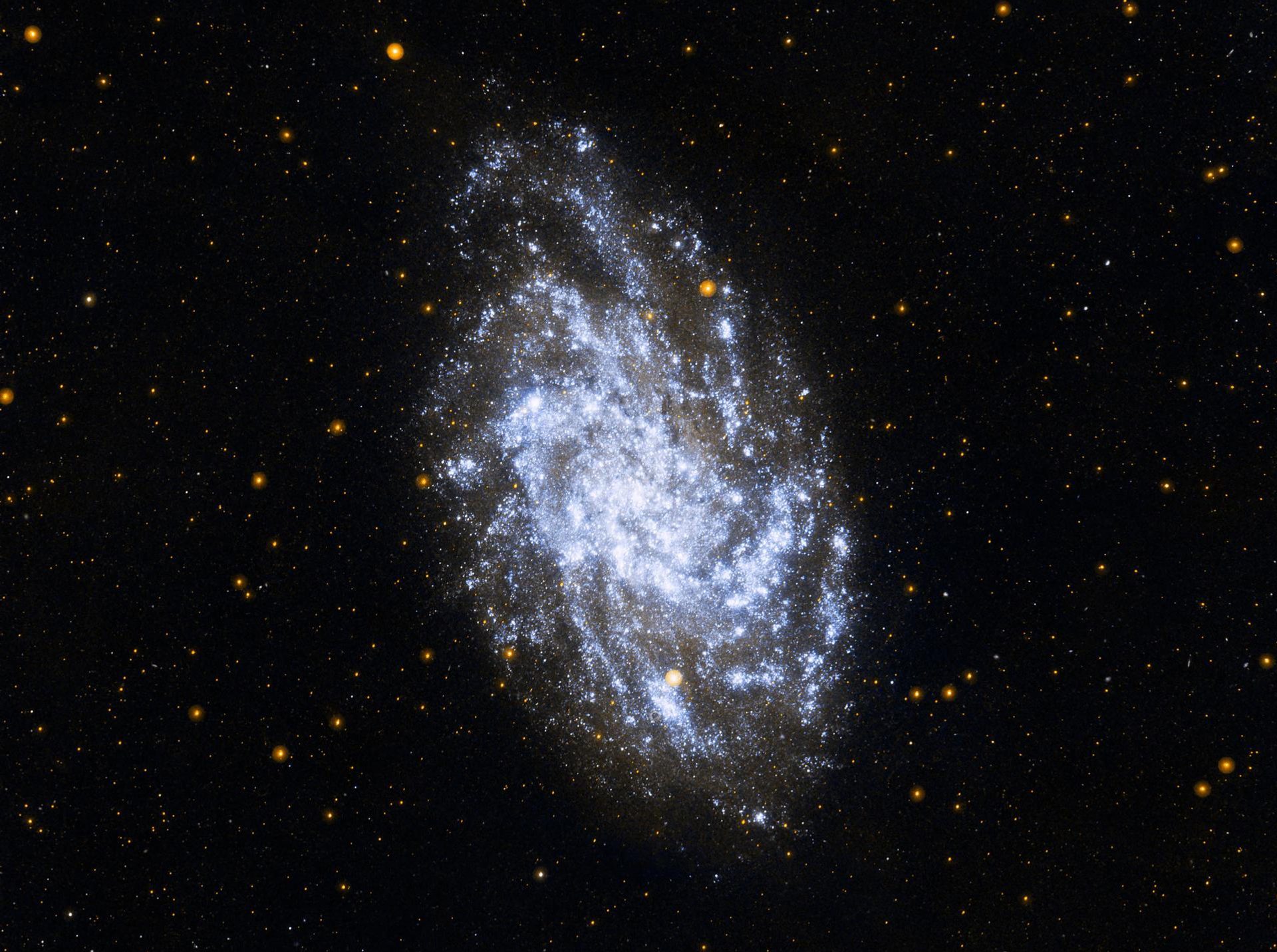
Scorpius the scorpion is one of the easiest constellations to pick out as it is one of the few that does look like what it’s supposed to represent. Among the brightest parts of the Milky Way along with Sagittarius, the red supergiant star Antares (Rival of Mars) marks the heart of the scorpion. From the heart, three stars mark the head and claws while moving the other way shows the body, hooked tail and sting. The scorpion plays a role in many myths; however, it is best known in Greek mythology for its pursuit of Orion through the night sky. Scorpius dominates the sky from June to August when it sits high overhead. It contains the globular cluster M4, the first in which individual stars were resolved approximately 6000 light years away. It also has two open clusters M6 the Butterfly cluster, which is 100 million years old, and M7 the Ptolemy cluster at just 200 million years old.
Virgo the maiden is the second largest of all constellations. It can be most easily found by locating the constellation’s brightest star, Spica. The rest of the figure is composed of relatively faint stars and looks a little like a maiden. It is one of the two constellations in which the ecliptic and celestial equator cross – the other being Pisces. This one marks the current position of the September equinox, the beginning of our Spring in the Southern Hemisphere. It is home to a cluster of galaxies, of which M87 is the largest, at around 60 million light years with a central black hole at least 7 billion times the mass of the Sun. Virgo’s one bright star, Spica, is the 16th brightest in the night sky and about 250 light years away.
Deep sky
Alpha Centauri is a triple star system consisting of Alpha Centauri A and B, and the closest star to our Sun, Proxima Centauri (Alpha Centauri C) at 4.2 light years away. Proxima Centauri is a red dwarf star, only visible through large telescopes, and revolves around the other two stars once every 550,000 years. Two planets have been confirmed in orbit around Proxima: Proxima b and Proxima c. Proxima b is an Earth-mass planet discovered in 2016, which is located within the habitable zone of Proxima Centauri, while Proxima c is a super-Earth exoplanet discovered in 2020, which orbits the star once every 1928 days.
Carina Nebula (NGC 3372) is more than four times larger than the more famous Orion Nebula (M42) seen in summer. Its distance of around 7500 light years disguises its immense size of around 500 light years in diameter. On a moonless night it is a stunning view through binoculars or a telescope as well as being visible to the naked eye. It contains some of the youngest star clusters in the Milky Way as well as a star already coming to an explosive death. The star Eta Carinae is 100-150 times the mass of the Sun and is a dying cataclysmic variable, which is expected to explode as a supernova anytime within the next million years. A supernova precursor eruption in the 1840s temporarily elevated it to the second brightest star in the night sky.
NGC 3293 and NGC 3532 are two stunning open clusters in Carina and both excellent targets for binocular and telescope viewing. NGC 3532 was the first target of the Hubble Space Telescope in 1990. It contains around 150 stars thought to be 300 million years old at a distance of 1300 light years. NGC 3293 is much younger with stars between 6 and 20 million years but around 9000 light years away.
The Ghost of Jupiter (NGC 3242) is a planetary nebula in the largest of all constellations: Hydra the snake. It is the remains of a dying star that has shed its outer layers. In a telescope its apparent size is similar to the planet Jupiter but in reality it is larger than our Solar System. Our Sun is destined to look like this at the end of its life billions of years in the future.

The Jewel Box (NGC 4755) is an open star cluster approximately 10 million years old. It is close to Beta Crucis (Mimosa), the second-brightest star in Crux (Southern Cross) and in binoculars and small telescopes appears as an ‘A’ shape. It is about 20 light years across, and has around 100 stars, most of which are blue and include some blue and red super giants such as DU Crucis which is around 500 times the diameter of the Sun. The Jewel Box is one of the youngest open clusters in our skies with an estimated age of about 14 million years. It lies at a distance of about 6400 light years.
M4 is the closest globular cluster to Earth at 5500 light years away. M4 is easy to locate, sitting next to the red supergiant star, Antares, in Scorpius. The cluster contains more than 100,000 stars with approximately 40,000 of these being white dwarf stars.
M6 the Butterfly and M7 Ptolemy’s are two open star clusters found near the sting of the Scorpion. M6 is about 1600 light years away and M7, about 980 light years.
Omega Centauri (NGC 5139) is the brightest and largest of approximately 150 globular clusters orbiting the Milky Way. It is so bright it was labelled as a star on early sky charts by Ptolemy and is one of the few objects in the sky that carries both a star designation and an object catalogue designation. Omega Centauri shines with the luminosity of a million suns and is relatively close to us, only 15,800 light years away. It contains approximately 10 million stars and some theories suggest it could be the remnant core of a galaxy that is merging with the Milky Way.
The Sombrero Galaxy (M104 or NGC 4594) is an almost edge on barred spiral galaxy about 30% the size of the Milky Way, 28 million light years away. Its central black hole is about one billion times the mass of our Sun, which makes it one of the largest black holes found so far in the heart of a galaxy. The Sombrero Galaxy is situated within the constellation Virgo on the border with Corvus. It requires a moderate sized telescope and will appear as a small smoky smudge.
Winter Solstice
The Winter Solstice is on Friday 21 June at 6:51am. This is the point in time when our Sun reaches its most northerly point in the sky in our yearly orbit. From this point it begins to head back to the south. The annual north-south apparent movement of the Sun in the sky is the result of an impact by an object called Theia around 4.5 billion years ago. The collision led to the formation of the Moon and left the Earth tilted to one side by 23.5 degrees. This tilt is the reason for the season and the changing path of the Sun as we see it.
Occultation of Saturn

People on the east coast of Australia can view the gibbous Moon occulting, or covering, the planet Saturn on the night of Thursday 27 June. A good view towards the east is needed, since both Saturn and the Moon are low in the sky during the event.
It is safe to take photographs and to use binoculars or a small telescope to observe the occultation. The disappearance is hard to photograph due to the brightness of the Moon’s lit disc, but the reappearance will be much easier, as it takes place at the dark, unlit part of the disc. Note the planet’s famous rings are almost edge-on to Earth at present, so they are difficult to see.
Occultations of planets visible from a particular place are rare. However, this year there are several other Saturn occultations visible from Australia or New Zealand. There were difficult-to-see daytime occultations visible from Auckland in March and from Sydney, Melbourne and New Zealand in May. There is an evening occultation from Brisbane on Tuesday 17 September and yet another daytime one visible from Darwin on the afternoon of Sunday 8 December.
The table below gives the circumstances of the 27 June occultation from the four cities from which it can be viewed. All times are local.
CITY | DISAPPEARANCE | REAPPEARANCE
Sydney | 10:55pm | 11.41pm
Brisbane | 10:49pm | 11:47pm
Canberra | 10:57pm | 11:39pm
Melbourne | 11:04pm | 11:33pm
Special Event

Celebrate Matariki rising at Sydney Observatory with a night of events inspired by Te Mātahi o te Tau, the Māori New Year.
Matariki, the Māori name for the star cluster also known as Pleiades, rises every midwinter, heralding a time of remembrance, celebration, and renewal. Visitors are invited to register to attend the dynamic program that includes weaving workshops led by Western Sydney artist Angela Paikea, talks from Myles Maniapoto, performances by kapa haka group Te Raranga Whanui, and hāngi (food cooked using a Māori traditional method using heated rocks) made by Hāngiworks. The evening also features a Speaking the Stars ritual with Jamaica Moana, where visitors can reflect on loved ones lost and release future intentions to the stars.


Sydney Observatory
Open for pre-booked tours, located on Gadigal land, a national place of connection and scientific research. The site is undergoing heritage conservation works.




















